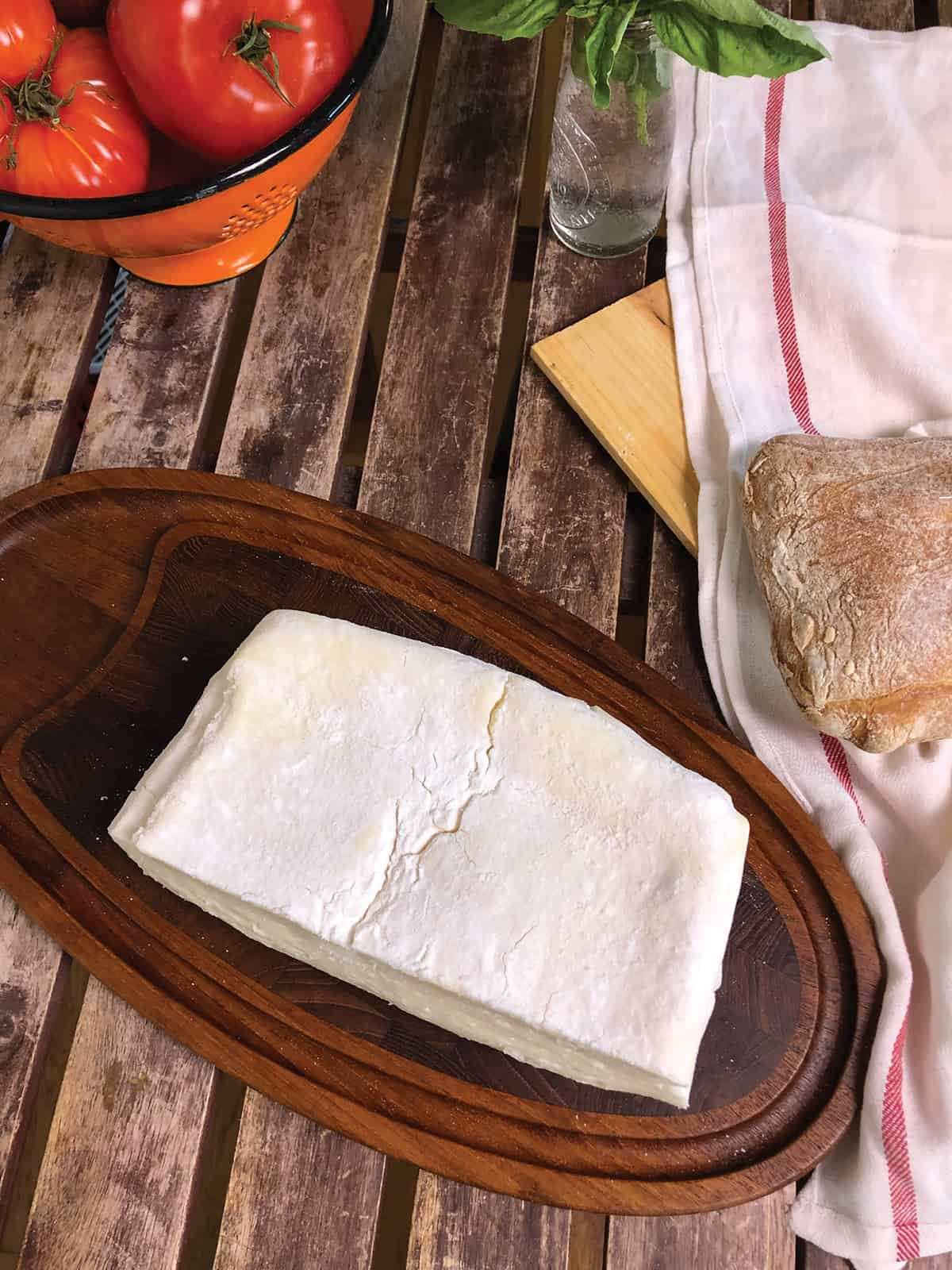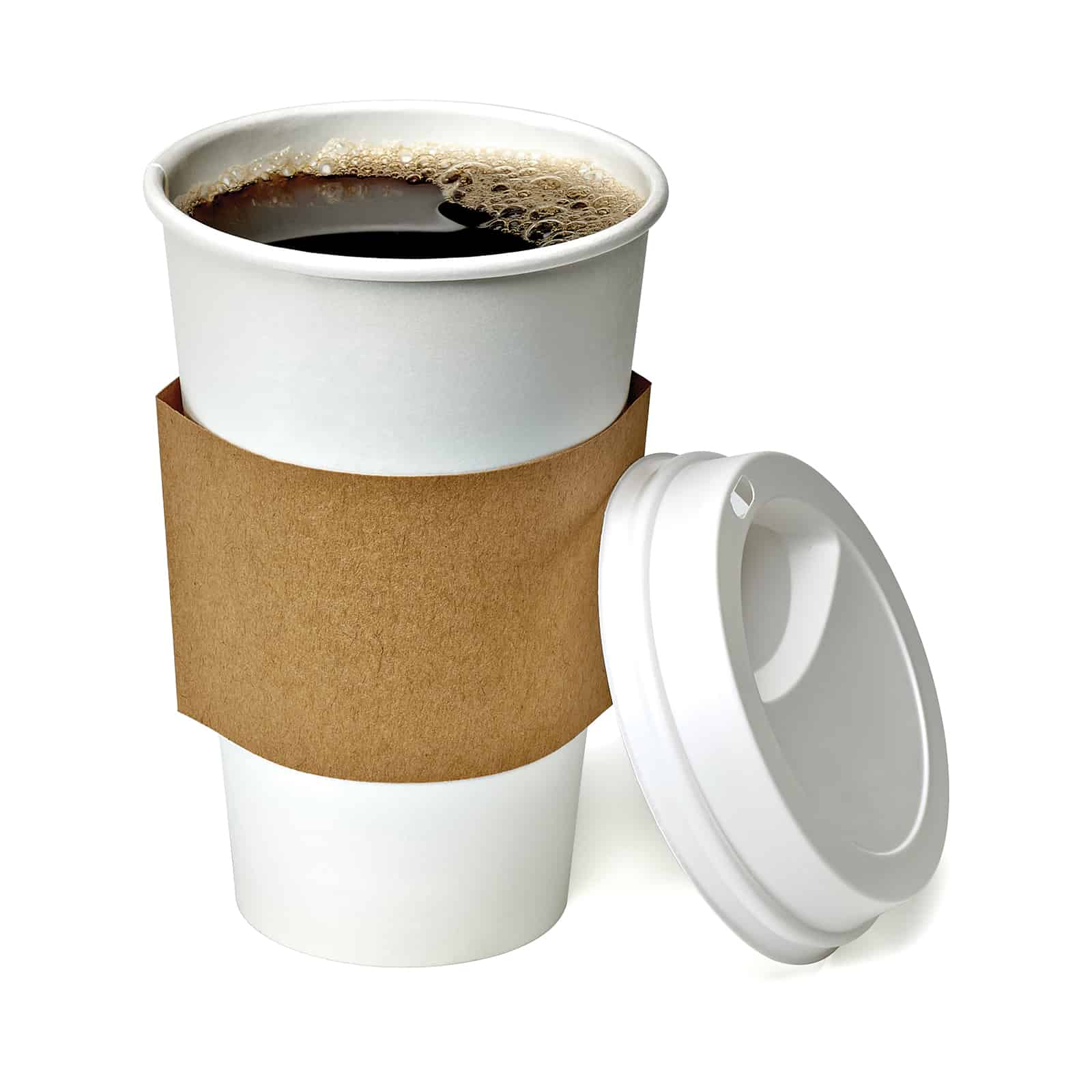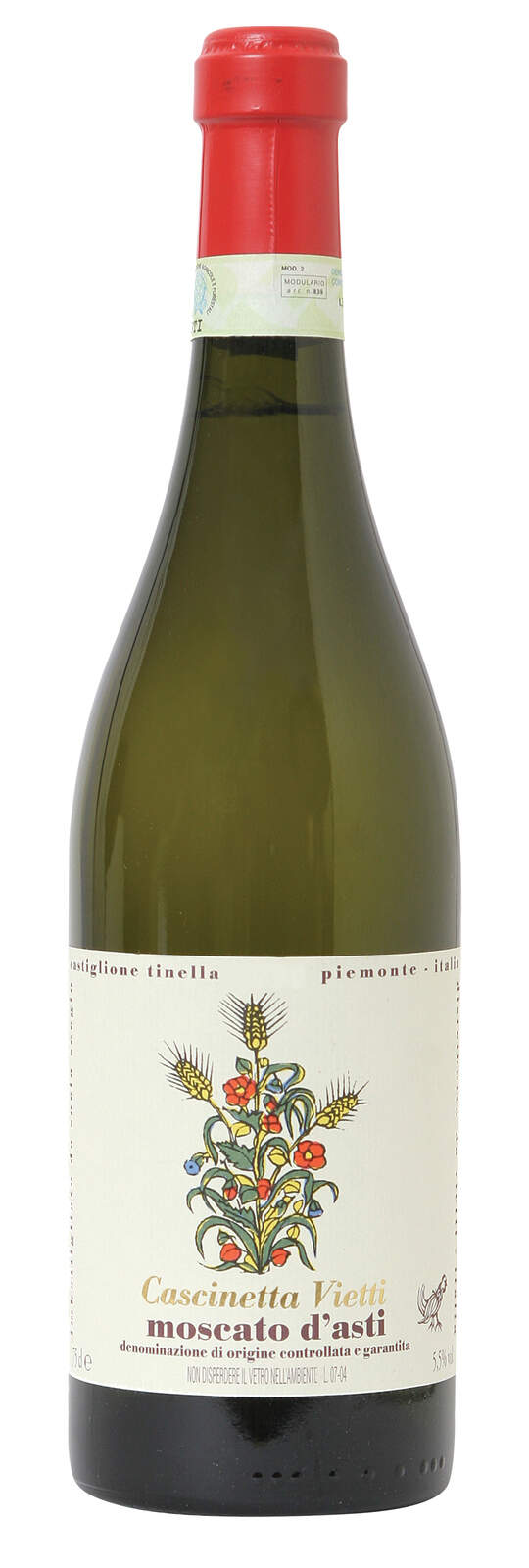
The cheese beckoned from across the room, languorously melting underneath a pale beige rind. The only thing that stopped it from running across the counter were the glass walls of the Pyrex container the cheesemonger had put it in. He saw me eyeing it and scooped a taste onto a plastic spoon. “It’s teleme, a California treasure,” he explained, adding that it was a special delivery, and once this block was gone, I’d likely not see it again.
That was years ago, and the memory still sticks in my head—one lick of that cheese, and I was hooked. Smooth as satin with a sweet, creamy flavor that defied its slightly funky, earthy smell, it was a hedonist’s delight. I took home a few scoops that night and opened up a bottle of Meursault—a white wine that also combines fruity flavor with slight funk in a creamy, rich texture. It was one of the best cheese-and-wine pairings of my life, the sort that I’m forever chasing and rarely achieve.
Unfortunately, the cheesemonger was right: Teleme is a rarity on the East Coast. You can find one brand on Amazon, but it’s not the satin-textured sort. You’re looking for Franklin’s Teleme, made by Franklin Peluso at the Mid Coast Cheese Company; His family has been making the cheese since 1927. When my search for a local source came up empty this past fall, I called Mr. Peluso to see if he’d sell me some. He’s not set up for direct sales, but he gave me some insight on how the cheese came to be—and what to do with it once I finally scored some.
The cheese I had that day, he explained, was the modern-day version, different from the one that was popular on the West Coast in the early 1920s. That cheese, he said, had been modeled after a Greek cheese, and was firmer. When his grandparents started making it, they tweaked the recipe, making it softer to appeal to the Italians who had settled in San Francisco. For many years, they made the cheese in 10-pound squares and sold them to delis. Now, since there are fewer Italian delis, Peluso has made the squares smaller. He also dusts them with rice flour to form a tender crust and has developed a second washed-rind version, stronger in scent although still mild in flavor.
Peluso makes the cheese year-round, but winter is his high season, when people buy teleme to gild their polenta, pasta, and pizza. It’s as much for the taste as it is the special texture: a silky-smooth paste that rivals that of triple creams. (In teleme, though, that texture comes from the make process rather than the added fat.)
As for Peluso, he likes it straight up, slathered on a chunk of crusty bread with a glass of pinot noir. But, digging deeper, he revealed a world of choices for how to enjoy your teleme, which got me started on an exploration that goes far beyond my original pairing of Meursault. Here are a few delicious matches—many of them a lot more affordable to boot.
Breakfast
Spread teleme on toast, Peluso says, and then drizzle it with olive oil and season with a grind or two of black pepper. “I got the idea from a guy whose family owned a deli in San Francisco back in the 1920s,” he says. “Tea might be a better accompaniment, but I like coffee.” I agree—make it black and strong to cut through the creamy richness of the cheese and help it stand up to the spice of the pepper.
Lunch
Peluso suggests tossing cooked pasta with cubes of teleme before adding tomato sauce. “It gives it a much creamier texture,” he says, not to mention the heft to absorb a lunchtime glass of red. Go all-out Italian with a Chianti like La Lastra Chianti Colli Senesi, or, if you’re teetotalling, substitute Italy’s tart, ruby-hued SanBitter soda.
When Chad Shaner opened Freek’s Mill restaurant in Brooklyn, N.Y., in 2016, he drew fans—myself included—with a pumpernickel toast topped with teleme and radishes. It’s easy to recreate at home, and especially palate-whetting with a crisp, herbal gin; Hendrick’s, with its cucumber freshness, works particularly well.
Dinner
While teleme holds its own on a cheese plate, it’s also magical in simple weeknight meals like burgers, or the teleme-topped portobello mushroom sandwich in Nancy Silverton’s Sandwich Book (Knopf, 2002). Beer works well here, as long as it isn’t too dark or bitter; try a pilsner, like Trumer Pils, brewed in San Francisco.
Dessert
Soft, milky cheeses go spectacularly well with soft, sweet dessert wines—especially if they have a little sparkle. Vietti Cascinetta Moscato d’Asti, a muscat wine from northern Italy, has a light touch with gentle, peachy-scented bubbles to clean the palate after each bite.






